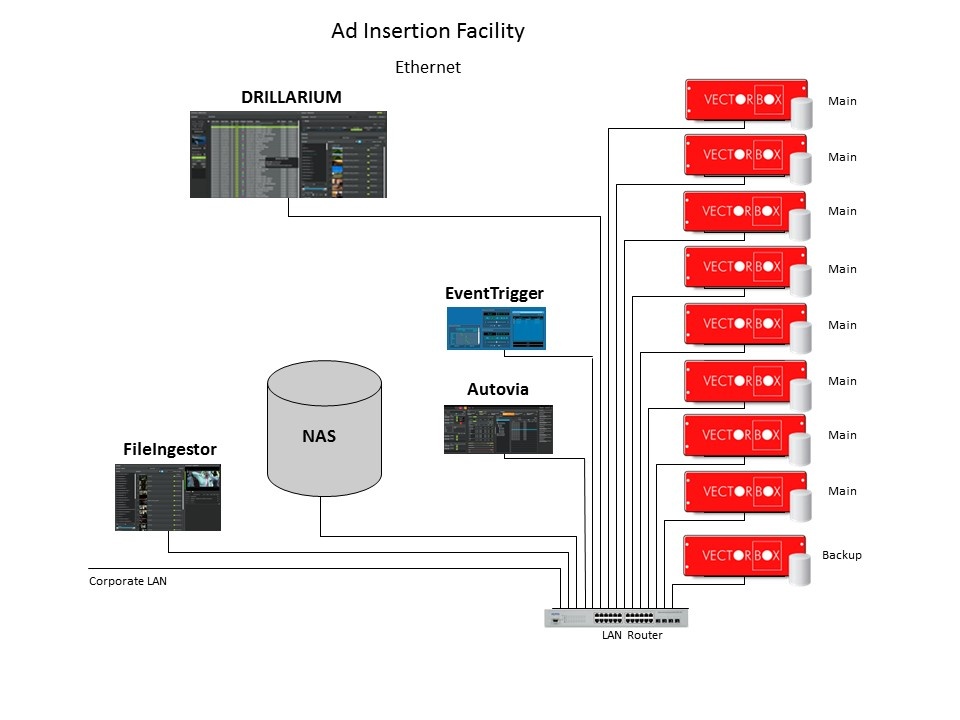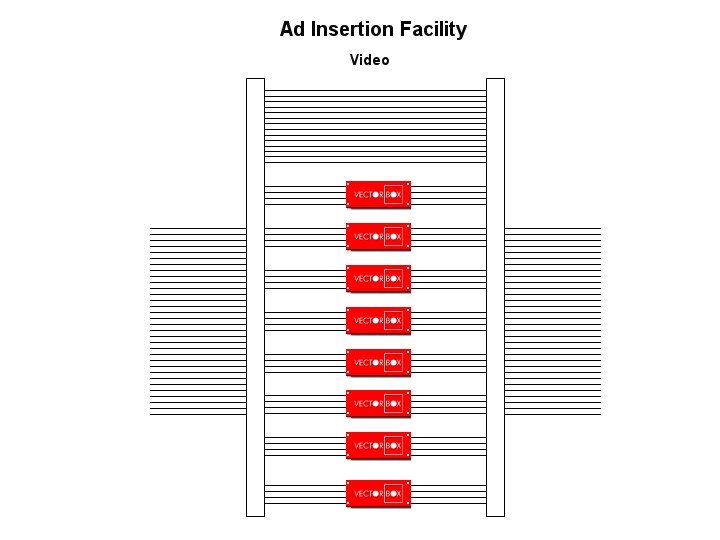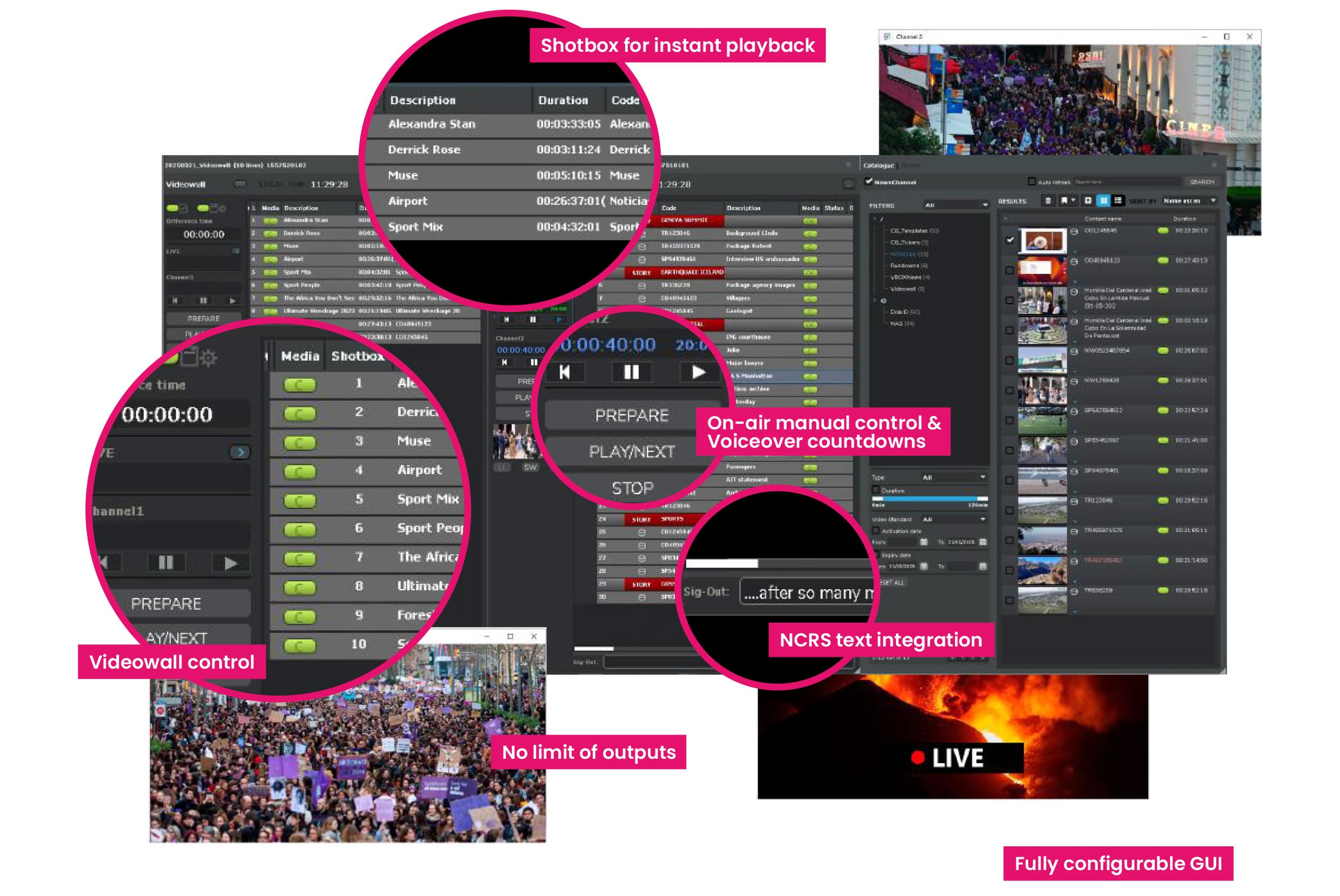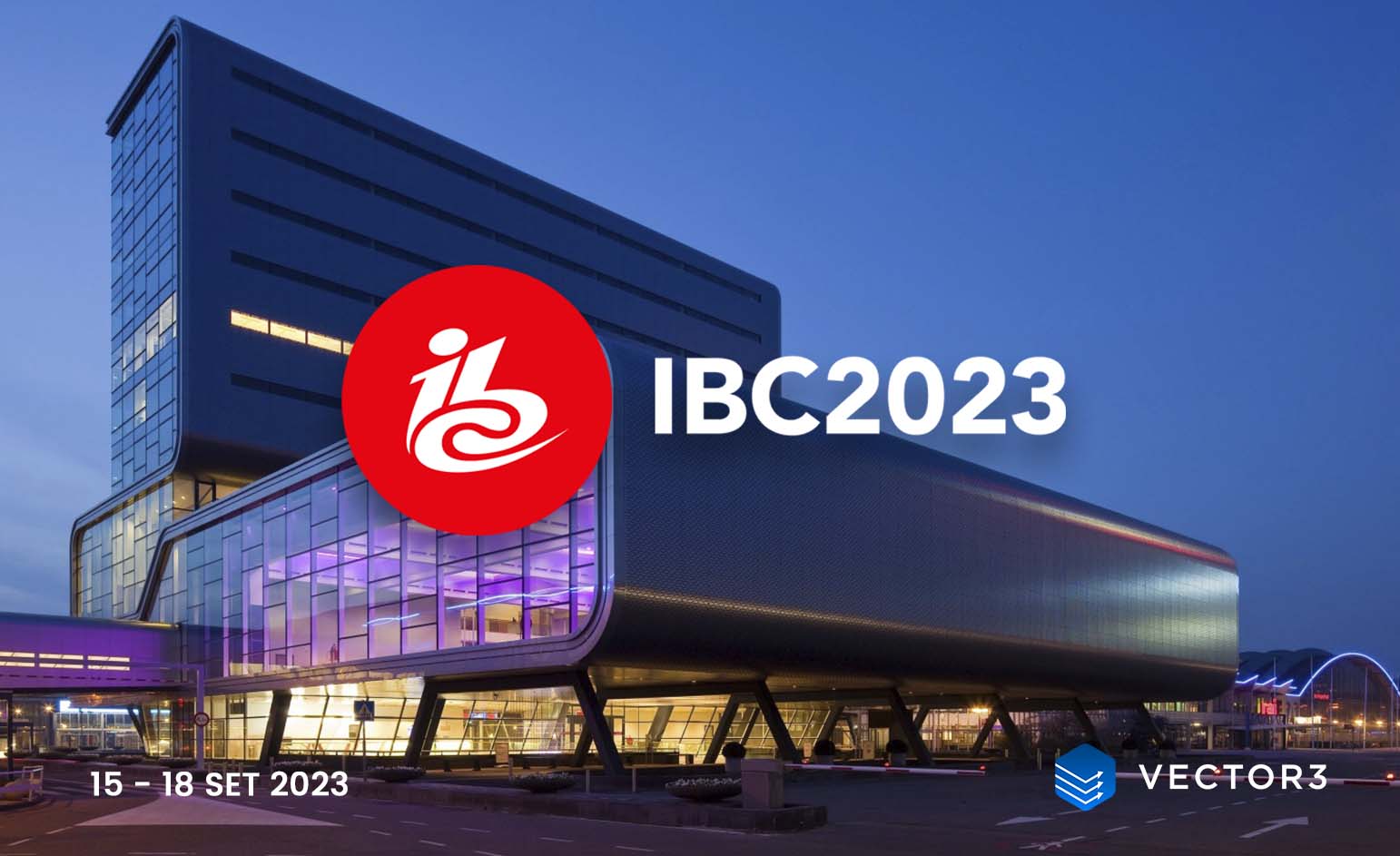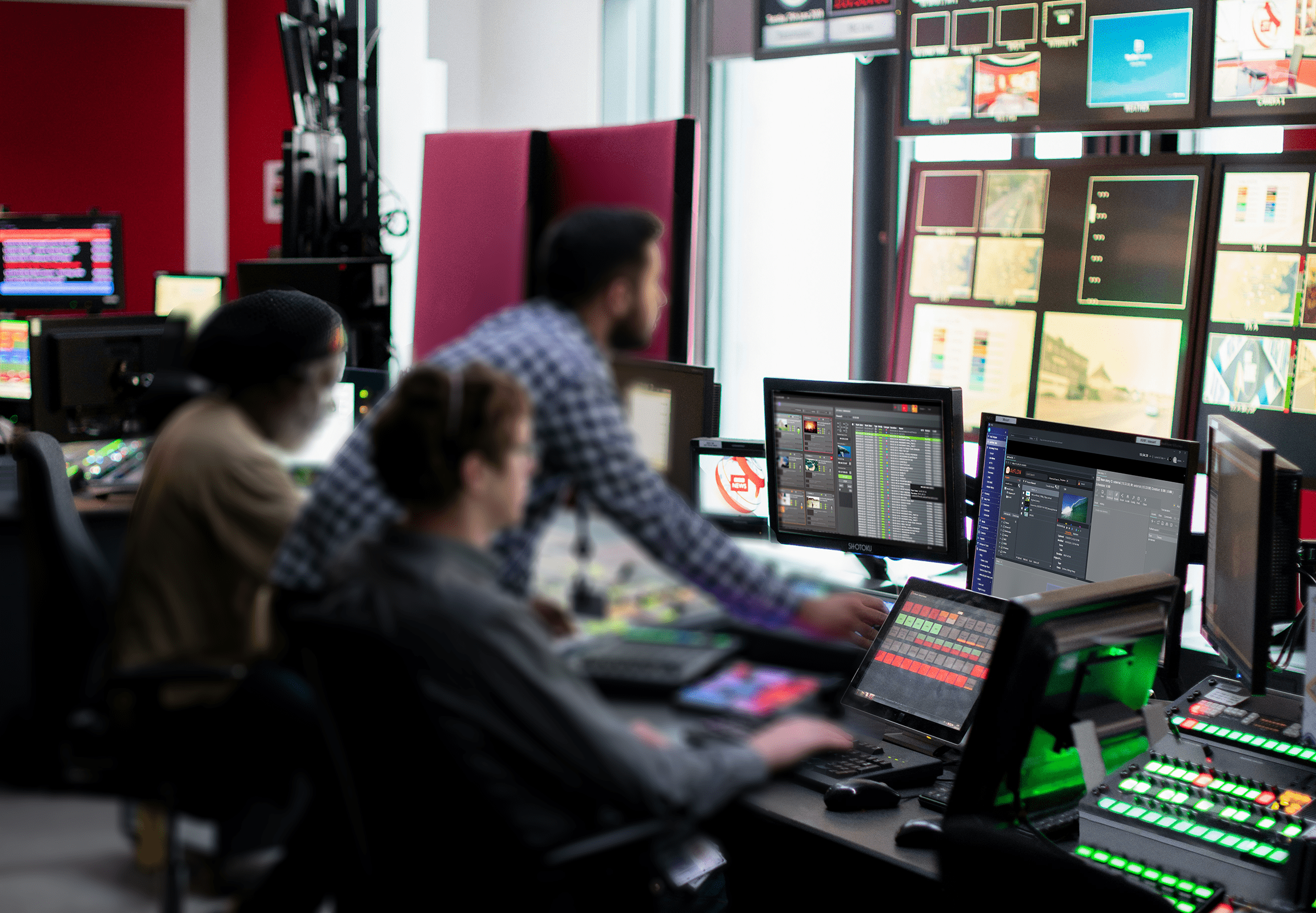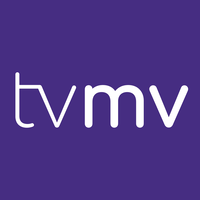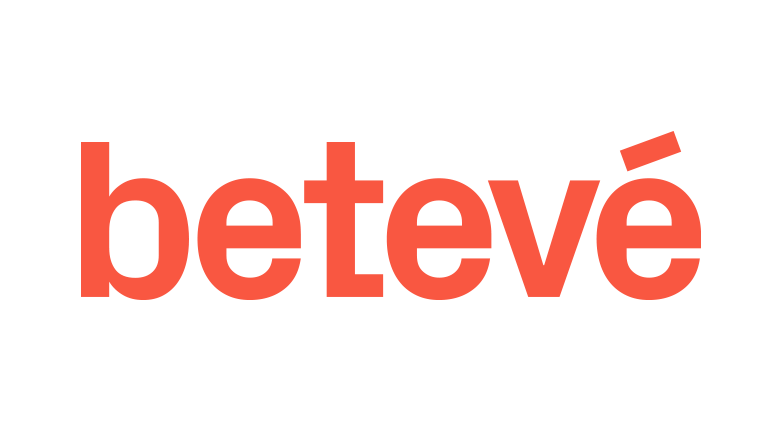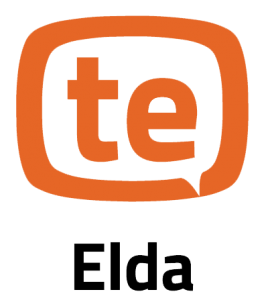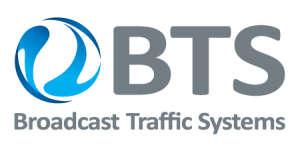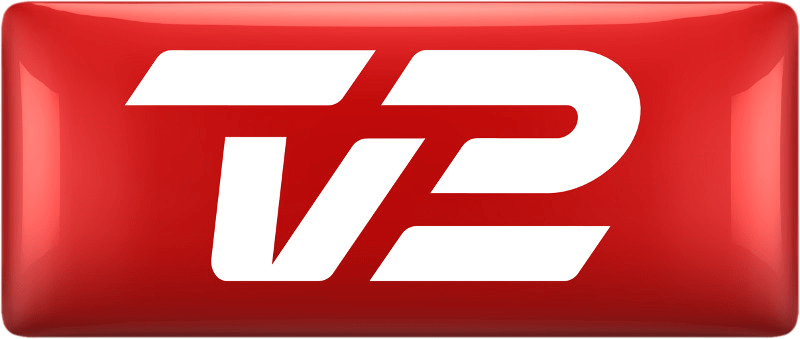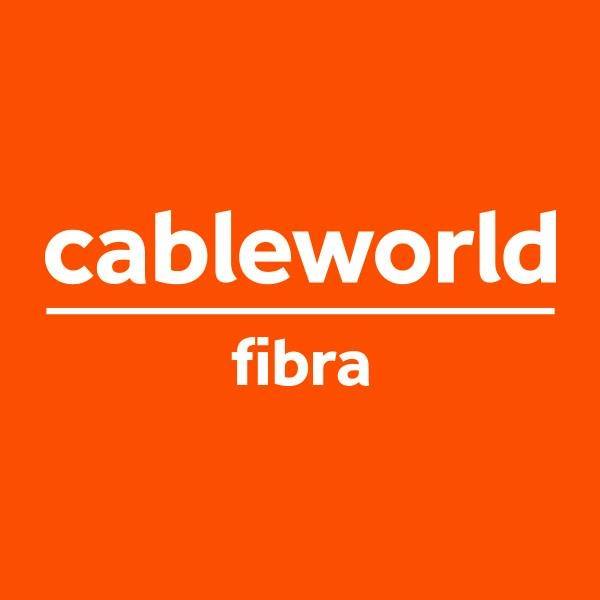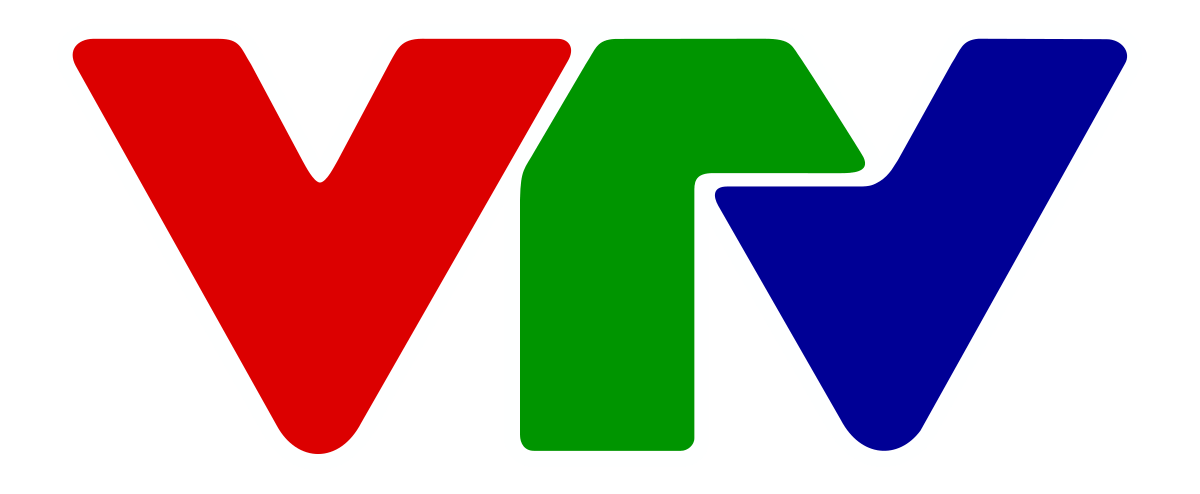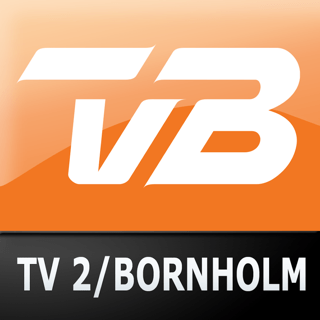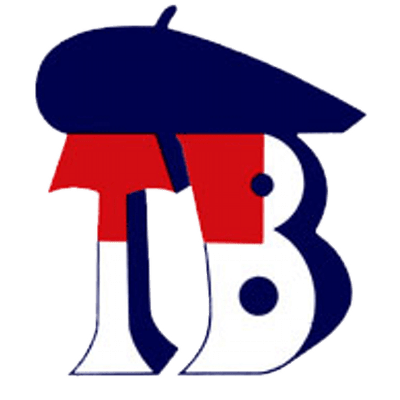AD INSERTION FACILITY WITH VECTORBOX
STEP 1 – How many channels?
Each VectorBox can manage up to 4 channels in HD so the number of chassis required comes with an easy division. The hardware is the same for HD and SD and the only feature that is relevant at this respect is to know which channels will need upscaling/downscaling. These channels will require specific hardware so must be grouped and the number of sets of four calculated. Once the number and type of all the channels is known, the number of HD and SD of each kind must be written down for quotation purposes.
STEP 2 – Redundancy
The redundancy is given in a chassis by chassis basis. There are two modes: the active and the passive. (for more details see IT-based Playout Automation Redundancy Options white paper). The active mode (“mirroring”) requires a second chassis working simultaneously to the one that is backing up. The changeover is receiving at all times two twin signals, and either automatically or manually one of them is chosen. This mode requires as many backup chassis as mains are protected so must be reserved for premium channels.
The second redundancy mode works with n+m philosophy. With the installation of VectorBox managing four channel each, are backed up by another (smaller) number. So the total number of channels that we have seen in step one must be grouped in these redundancy sets. This configuration can be changed at any time so decision can be taken with no future compromise. The management of the redundancy managed by AutoVia, Vector3’s dedicated redundancy management server.
STEP 3 – LAN and repository
Added to the VectorBox Ad-Insertion servers, the installation will need a LAN router and a central repository. The LAN has two purposes, the movement of the video files, playlists, logs, etc… and the control of the equipment. To ensure there are no bottlenecks two separate LANs are installed as standard, one dedicated to the movement of media from the central storage to the Ad-Insertion server with a separate network dedicated to command and control messaging. Each VectorBox supports two LANs by default.
The nature of the repository is a very important decision with big budgetary and operative consequences. It can be a NAS or a SAN, each one with its own advantages and the size must also be carefully calculated. VectorBox can work with any that supports SMB/CIFS.
STEP 4 – Ingest
The ingest of the advertisements must be performed in dedicated equipment to protect the integrity of the broadcast. The files that arrive need to follow a process before being allowed into the file workflow and being available to the playout VectorBoxes. This process is managed automatically by FileIngestor and it can include third party QC, reshuffling of the audios, re-wrapping, etc…. It also can include a FileChecker test that validates the files as playable. In some cases, it is advisable that the ingest module of the facility has a full VectorBox to record and or/trim the files.
STEP 5 – Playlist and logs
The playlist, logs and auxiliary documents (e.g. erasing lists) can have a huge variety of formats depending on the manufacturer. It is mandatory to send an example of each to Vector 3 Presales and Support department to know if there is the format is currently supported and/or if there is any configuration involved in its support. The management of these documents in the VectorBox environment needs one or more licences of PlaylistInterface to manage this process. Once processed, the files containing these documents are moved through the LAN using the pieces of software that move the video files with no need of additional licences.
STEP 6 – Triggers
The reading and routing of the triggers embedded in the incoming video signals is what should be addressed with more care in an installation intended for Ad-Insertion. The criticality of its reception and the budgetary implications of the various hardware needed for the reading, calls for careful attention. The possible formats are audio cue tones, data in VITC (VBI), data in ATC (LTC or VITC), SCTE 30, 35 and 104. Some of these can be read by VectorBox directly and some other need additional hardware as outlined above. It is extremely important to do a detailed engineering analysis in close collaboration with Vector 3 Presales and Support department. In general, at least one licence of EventTrigger will be needed since this is the application that centralizes and manages the triggering process.
STEP 7 – Workflow
The workflow of Ad-insertion facilities is straightforward but due to the large number of channels managed requires a systematic procedure to design an optimal workflow. The clips are ingested, the playlists arrive and are checked, the files move over the LAN, etc… without any intervention of the operators. The only thing they must do is to watch the user interface of the Multichannel monitor. There will be warned in advance of any issues that need their attention so they are able to drill-down into the details and manage the situation.
